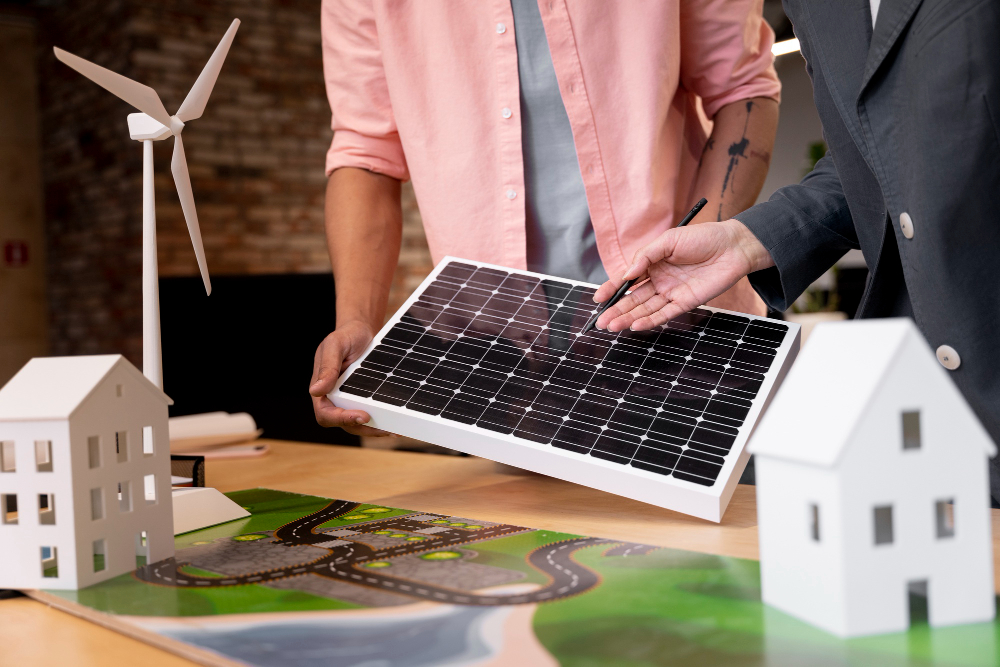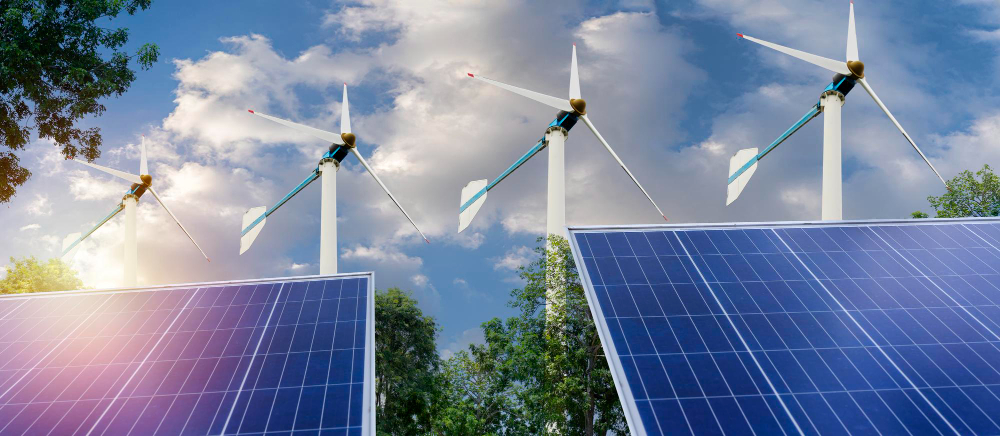Last updated on
Follow these ideas if you want to live sustainably in a rural area. Read on!
Sustainability is a growing concern for rural areas as natural resources and ecosystems become more vulnerable to climate change and other environmental threats.
Fortunately, it’s possible to make strides toward creating sustainable living spaces in these areas with the right approaches.
In this article, we’ll explore how to go sustainable in rural areas by looking at the various methods and strategies that can be used to create a greener environment. Read on to learn more!
Drill Boreholes
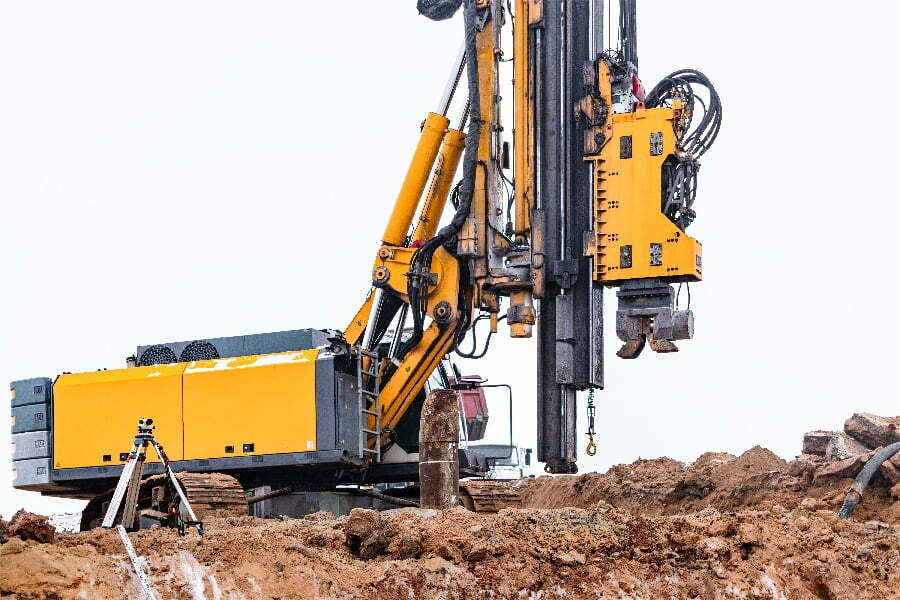
Water is essential to any sustainable lifestyle, and it can be hard to come by in rural areas. To ensure that a community has access to high-quality drinking water, consider drilling boreholes in the area.
Boreholes are deep wells that draw fresh groundwater from an aquifer beneath the surface of the ground. This provides an accessible source of clean and safe drinking water for residents.
When drilling a borehole, it is essential to find a reputable company that can ensure the water is safe for drinking. You can click here for the available options and how to select a reliable borehole drilling company.
The experts will also recommend the best borehole locations, taking into account the area’s geological characteristics and topography.
Promote Renewable Energy

Renewable energy sources are essential for creating a sustainable lifestyle in rural areas. Solar panels and wind turbines can be used to provide power for homes and businesses in remote areas that may not have access to the traditional power grid.
Not only do these renewable sources of energy reduce the community’s reliance on fossil fuels, but they can also help keep electricity bills low for residents.
When installing solar panels or wind turbines in a rural area, it is important to consider the local weather and geography to ensure the system’s effectiveness.
Installing a solar panel system that produces enough energy for one household can help reduce the community’s overall power bills while increasing their reliance on renewable energy sources.
Recycle and Reuse
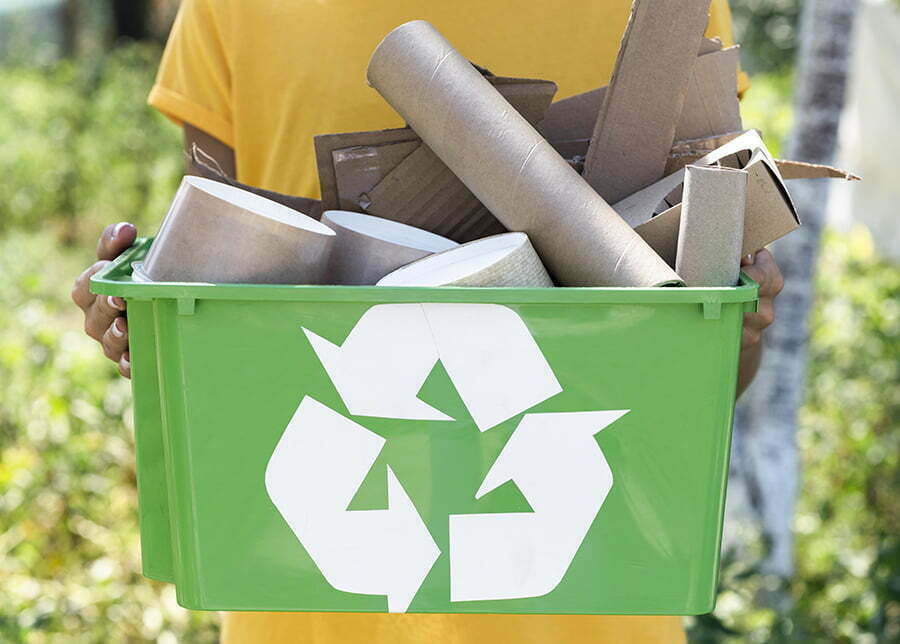
One of the best ways to go sustainable in rural areas is to promote recycling and reuse.
This can be done by setting up recycling centers throughout the community, ensuring that all local businesses use environmentally-friendly materials, or encouraging residents to use reusable items such as water bottles and shopping bags.
People can also learn to repair and repurpose items instead of throwing them away, which reduces the amount of waste sent to landfills.
Furthermore, recycling centers can provide an additional income stream for rural communities if they opt for programs that pay for recyclable materials.
For example, some cities in North America have established bottle return programs that pay money for beverage containers that are brought back to the store.
Use Energy-Efficient Appliances
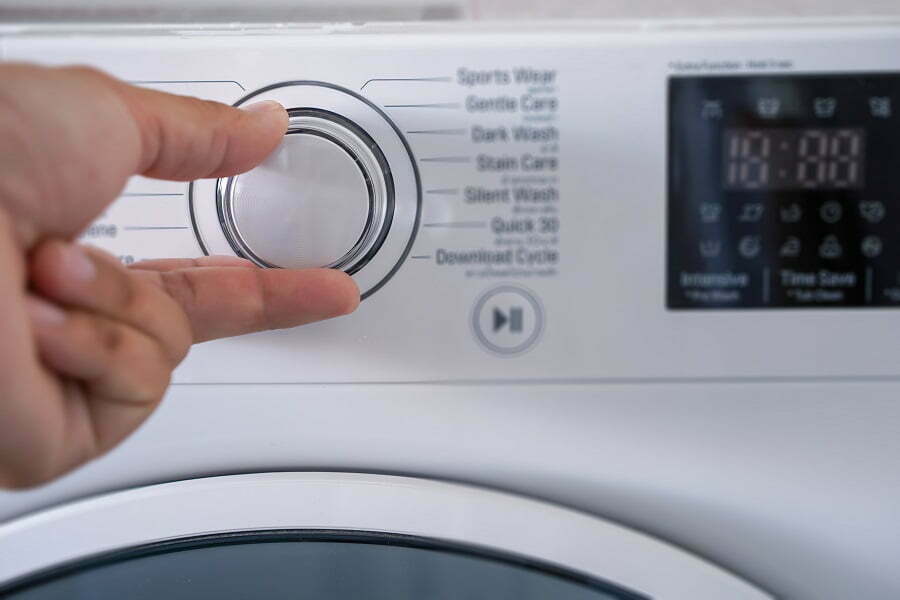
Finally, using energy-efficient appliances can also help reduce the community’s environmental footprint. This means investing in appliances that are Energy Star certified or have other certifications from a recognized organization.
These appliances use less electricity and water than their traditional counterparts, which can result in lower utility bills for households and businesses.
Some of these appliances include refrigerators, air conditioners, and washing machines that are designed to use less energy.
It’s important to ensure that all insulation is up-to-date so that the building is able to retain heat in the winter and cool in the summer.
Sustainability is essential for rural communities, and there are many ways to create a greener lifestyle. By drilling boreholes for clean drinking water, investing in renewable energy sources, promoting recycling and reuse, and using energy-efficient appliances, rural areas can reduce their reliance on fossil fuels and create a more sustainable future for generations to come.
Related reading:
Table of Contents

